The Brief:
Transport for London (TfL) needed to move beyond traditional crime prevention approaches to address gender-based violence affecting women and girls on their network. The challenge was to understand what makes women feel unsafe at bus stations and develop community-led interventions that could transform perceptions of safety whilst creating measurable improvements in service usage.
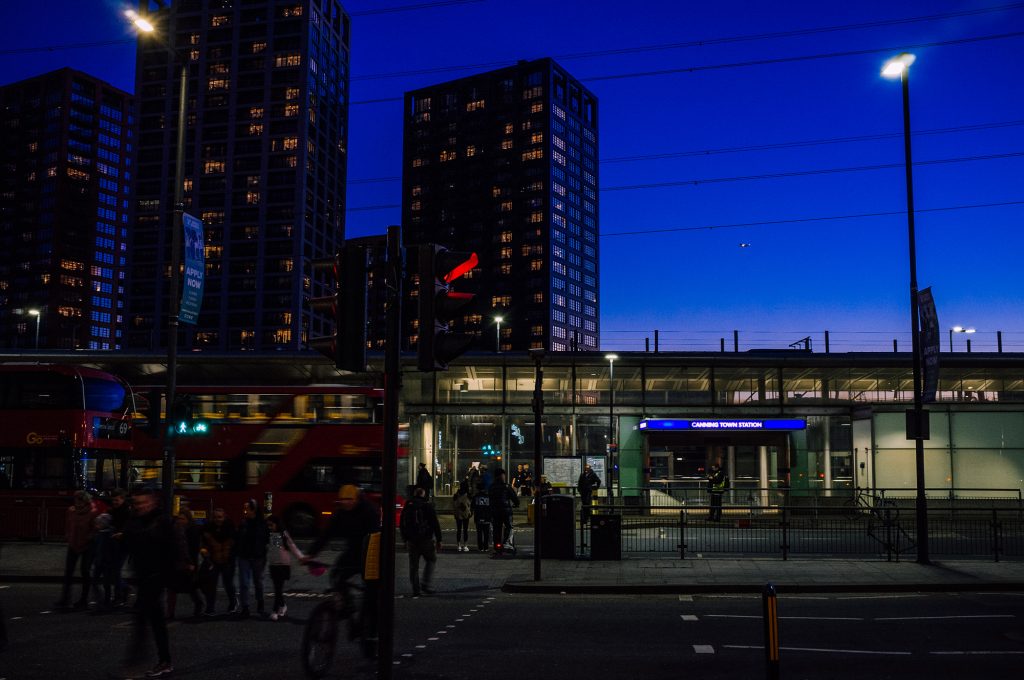
Role
Lead Service Designer
Team
User Researchers
Architects
Community Engagement Specialists
Data Analysts
Stakeholder Manager
Tools
Miro, Figma, Service Blueprints, Journey Mapping
1. Discovery
Leading a multi-disciplinary team, I designed a participatory research programme to capture the lived experiences of women and girls around Canning Town Bus Station. Rather than expecting vulnerable communities to adapt to institutional settings, I created ‘safe spaces’ where women felt comfortable sharing sensitive experiences.
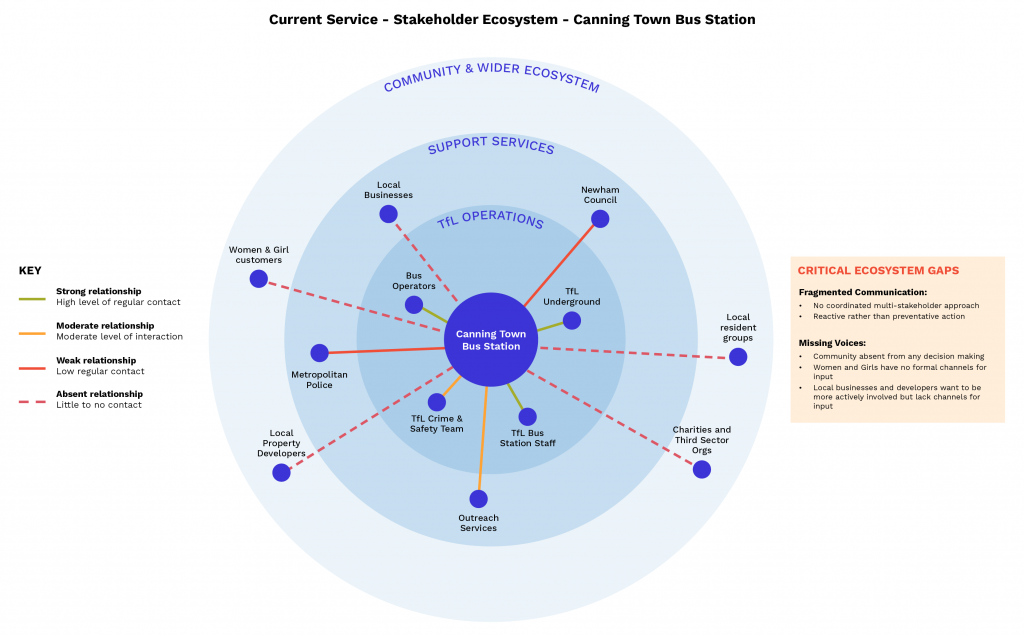
Key Actions and Discoveries:
- Designed and delivered community engagement programme reaching 750 people
- Created women-led research approach with local team members from Canning Town
- Conducted site tours, focus groups, surveys and observations to understand safety perceptions
- Mapped current service touchpoints identifying where women felt most vulnerable
- Discovered that women felt 32% less safe than men when travelling in the dark, and 38% less safe when alone at the station
The research revealed critical gaps:
- Non-functional CCTV (widely known and exploited)
- Insufficient physical infrastructure
- Low trust in reporting channels
- Barriers preventing social and community connection
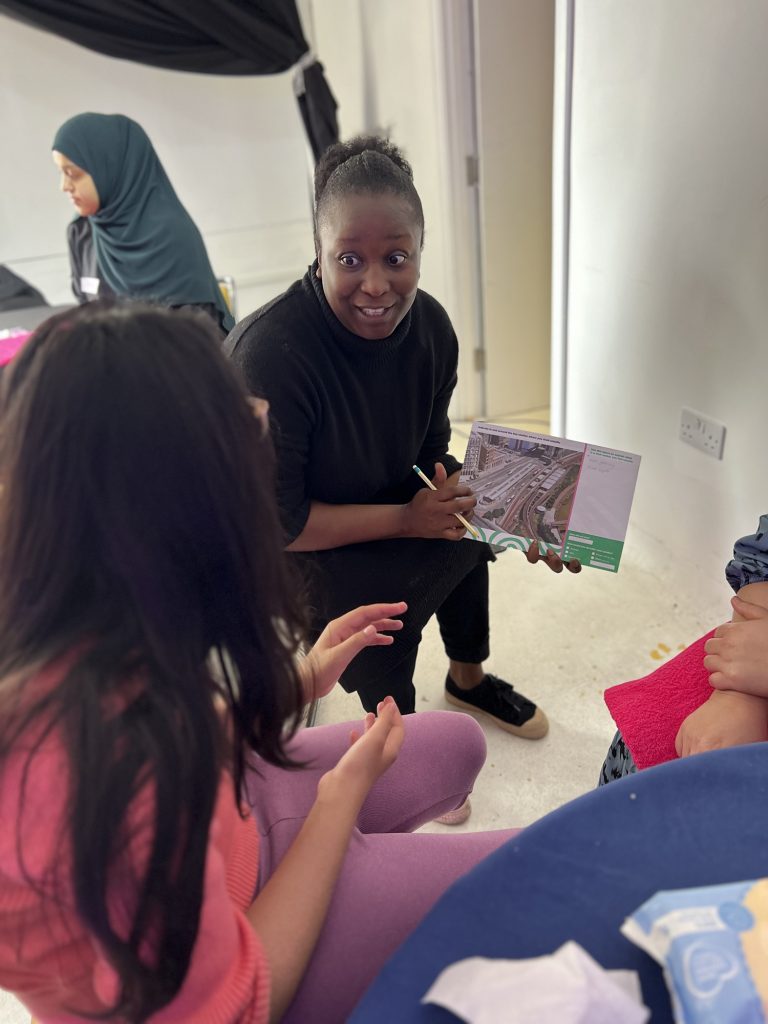
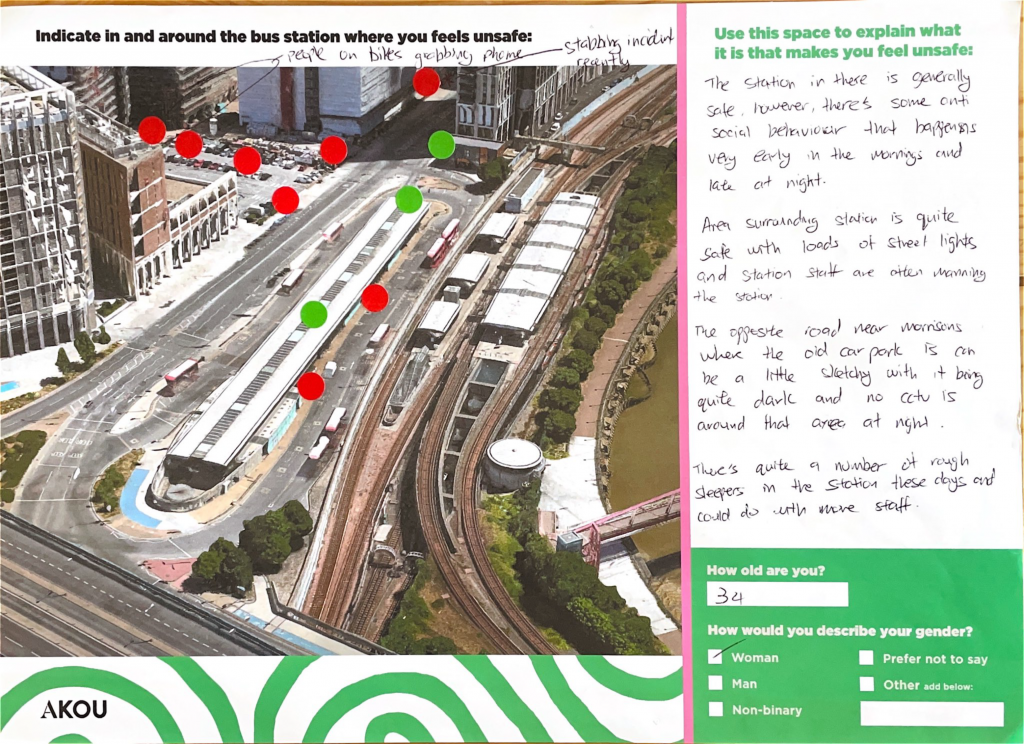
2. Define
I synthesised research findings into as-is service blueprints and journey maps, clearly documenting pain points across the complete user journey from pre-arrival through to post-journey support.
Key Activities:
- Created comprehensive service blueprints mapping frontstage and backstage activities
- Developed user personas representing diverse experiences of women and girls
- Identified that 40% higher safety perception correlated directly with stronger sense of belonging
- Mapped stakeholder ecosystem revealing fragmented relationships and absent community voice
- Defined intervention themes: improved environment, positive presence, connected site, sense of belonging
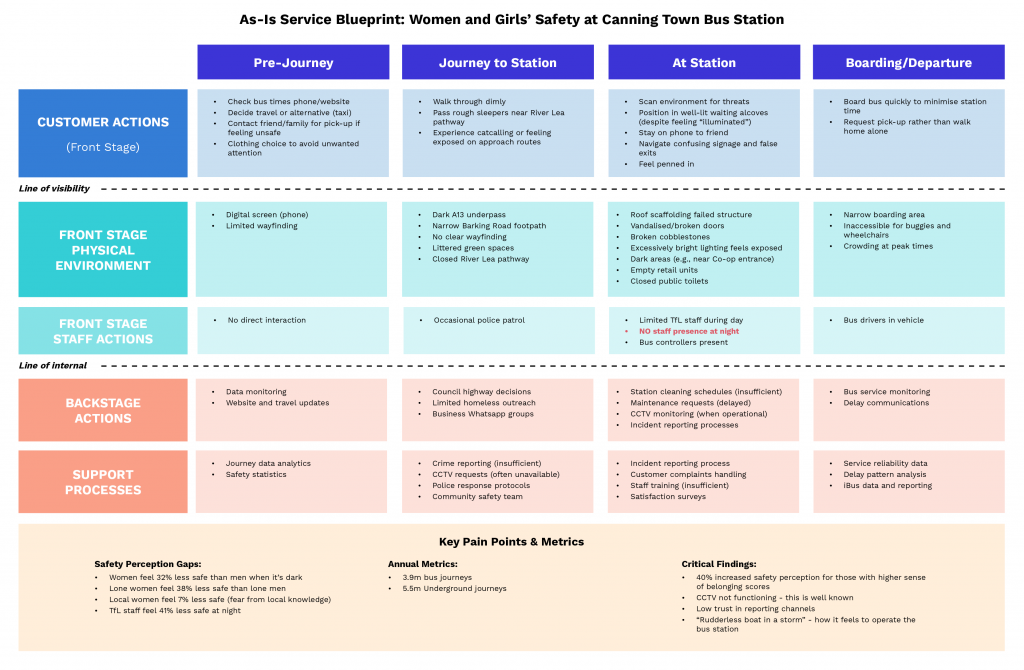
3. Ideate
Through co-creation sessions with community participants and the design team, I facilitated the development of future-state user journeys and service concepts that fundamentally reimagined the relationship between TfL, the station, and the Canning Town community.
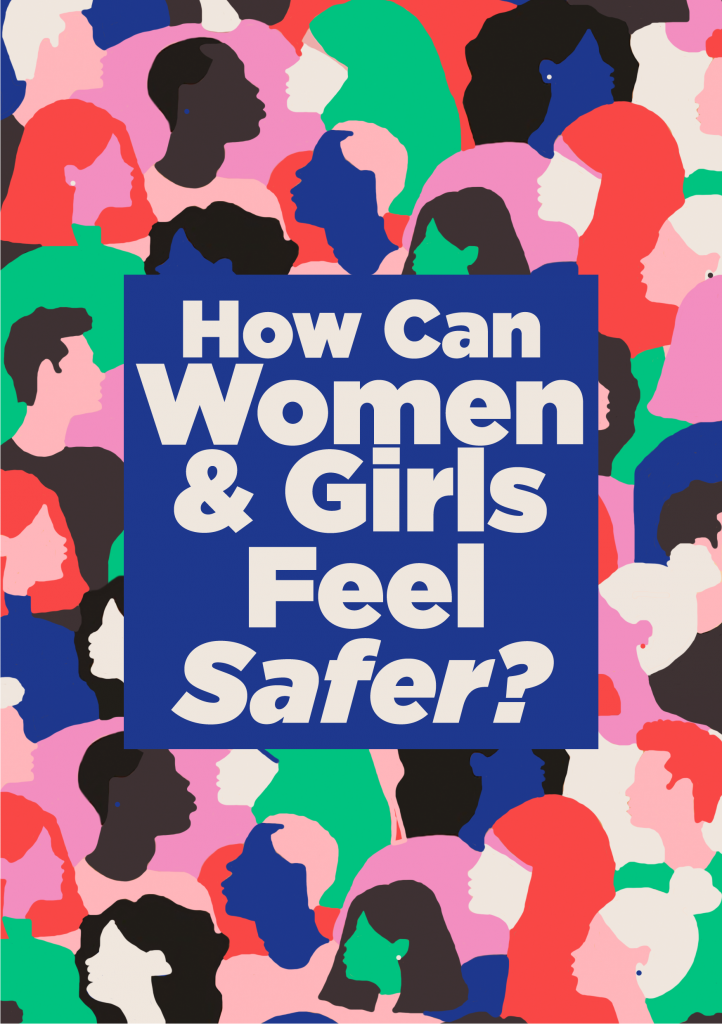
Key Ideate Actions:
- Led co-design workshops with 125 community members who committed to ongoing involvement
- Developed intervention concepts across three categories: community-led, physical space, and technical
- Created service prototypes for community initiatives like ‘Canning Town Guardians’ and safe space partnerships with local businesses
- Worked with architects to ideate spatial improvements including the Rotunda Plaza parklet and improved wayfinding
The ideation phase challenged TfL’s assumptions about safety, demonstrating how community-led approaches could address root causes rather than just symptoms.
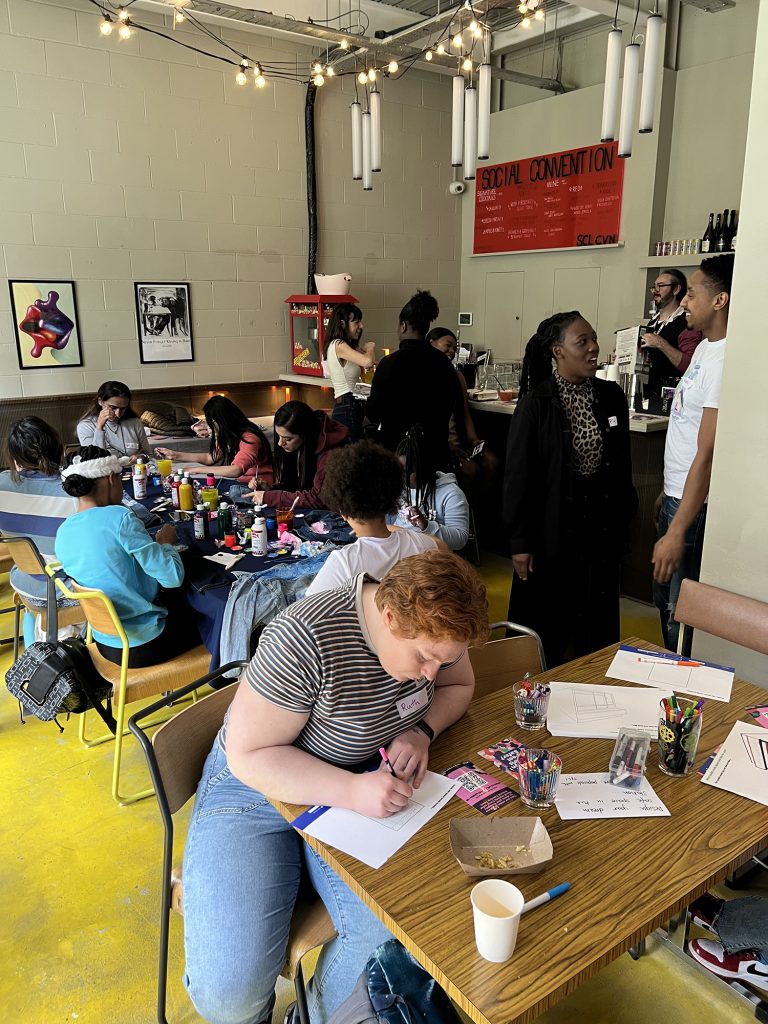
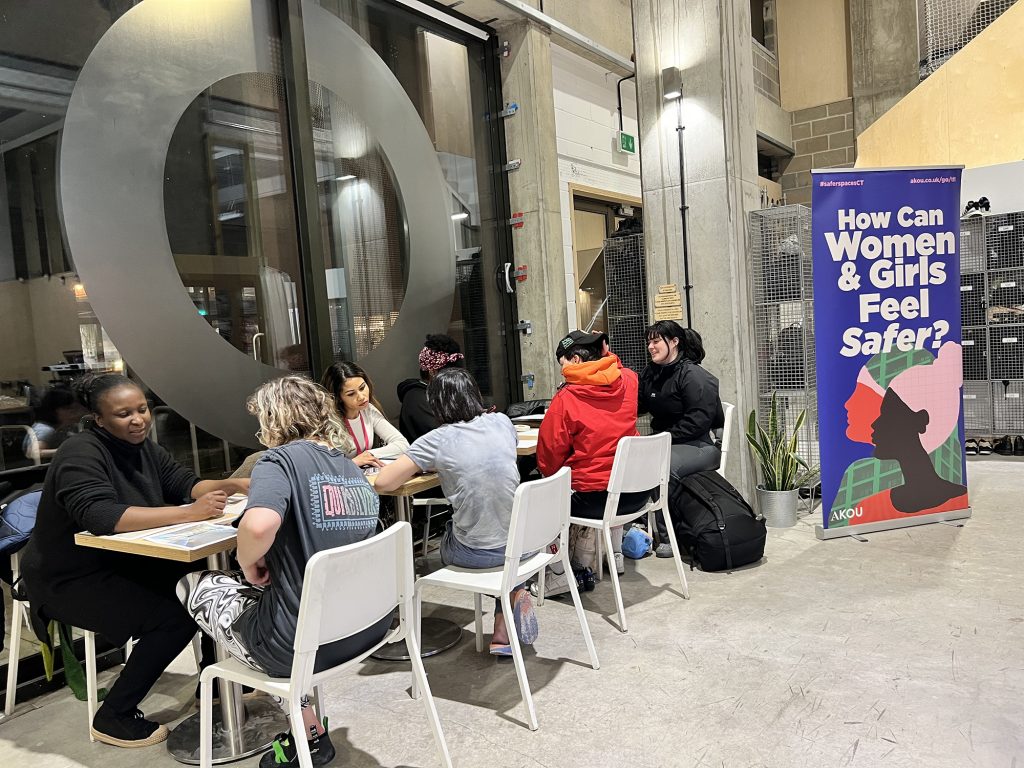
4. Design
Collaborating with architects and the design team, I led the development of detailed service designs and prototypes that brought the future-state vision to life whilst ensuring stakeholder buy-in across all levels.

Key Ideate Actions:
Created architectural visualisations and site mockups showing transformed spaces
Designed service blueprints for community-led interventions with clear governance structures
Developed phased implementation roadmap separating short-term (< 1 year) from medium-term (1-3 years) interventions
Built business case showing potential 6.55% increase in passenger footfall and measurable safety improvements
I conducted walkthrough sessions with executives, using the physical site to help them visualise proposed changes and understand how design decisions would improve both safety perceptions and actual safety.
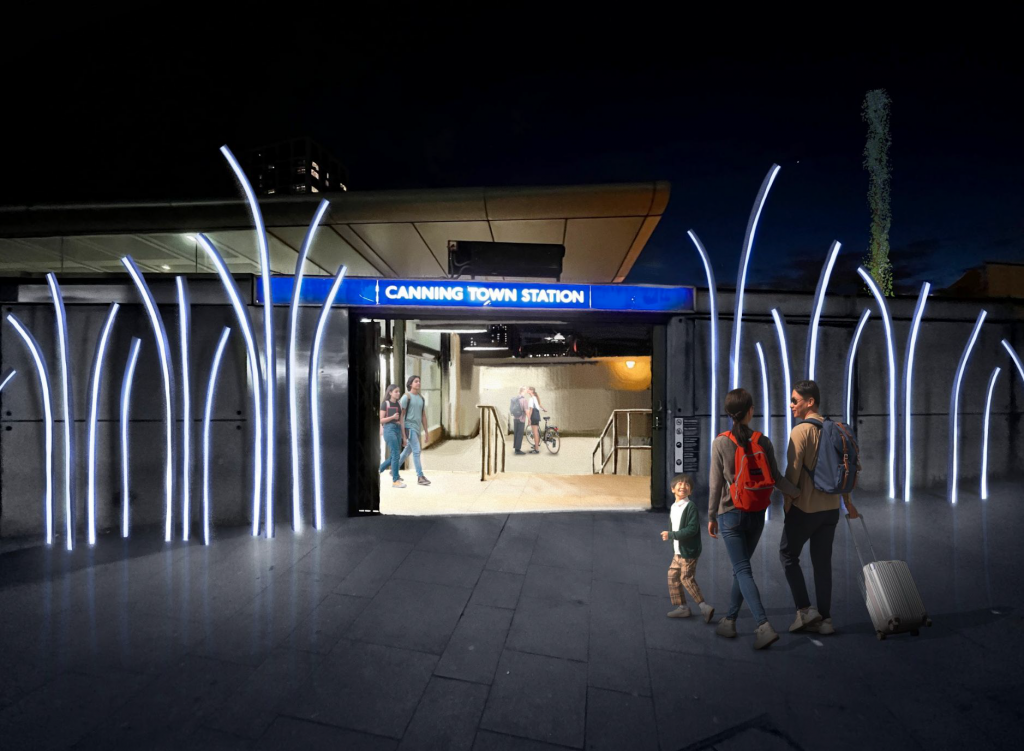
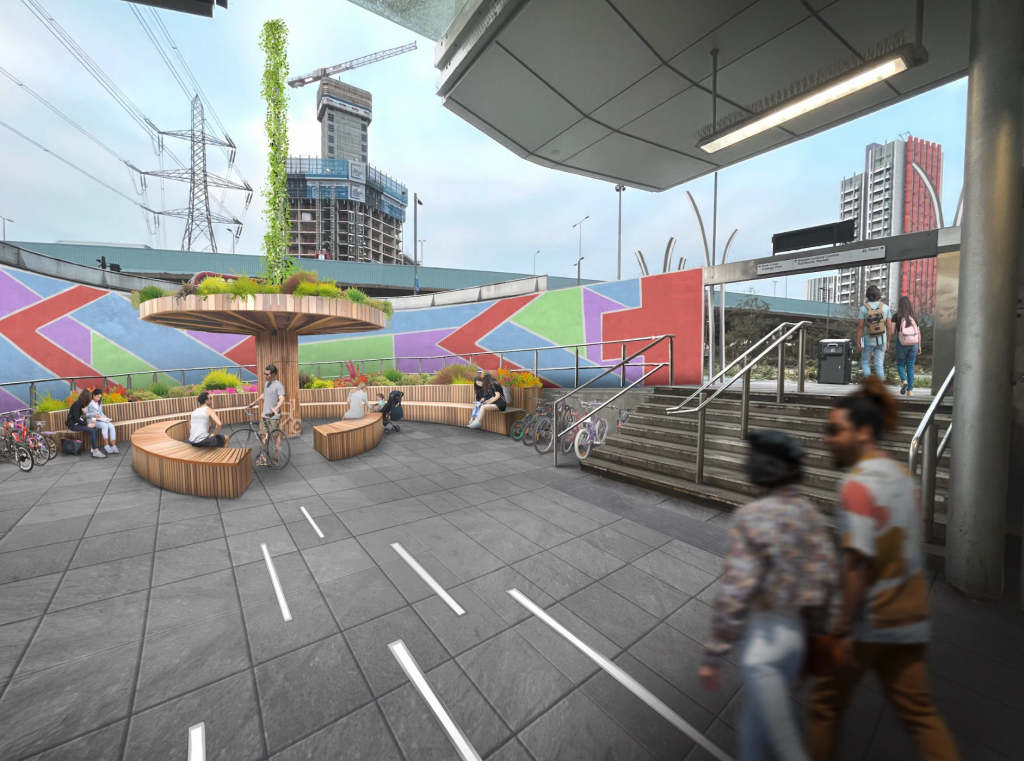
5. Delivery
Successfully delivered comprehensive recommendations that TfL leadership approved and have since adopted for implementation across other stations on the network.
Final Outcomes:
Community buy-in
125 women committed to ongoing co-design, shifting from passive recipients to active co-creators of their transport experience
Strategic approach
Participatory methodology further adopted by TfL for future community safety projects
Measurable impact
Evidence-based safety recommendations projected to increase bus station journeys by 255,450 annually
Stakeholders aligned
Partnerships built between TfL, Newham Council, local businesses, developers and community organisations for coordinated delivery